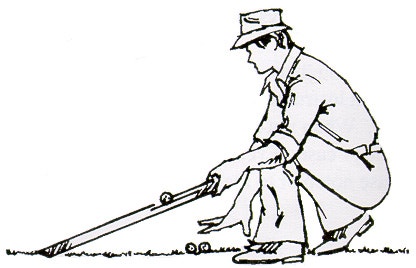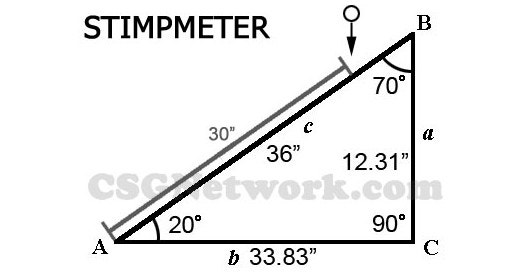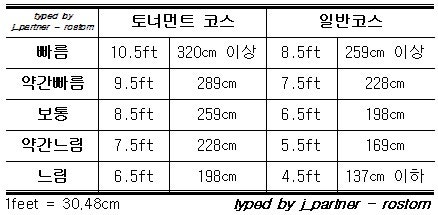Reading the Green:
Be aware of the conditions
Weather conditions play a huge part in the speed and direction of a putt. As you approach the green think about how the weather will affect the roll of your ball.

Reading the grain of the green
The putting green will be cut every day, usually early on a morning. The grass will be cut in different directions. The direction the grass is cut will determine the lay of the grass. This is called ‘the grain’.
Weather conditions play a huge part in the speed and direction of a putt. As you approach the green think about how the weather will affect the roll of your ball.

[Source] Andrewsgolf
'레슨 > Theory' 카테고리의 다른 글
| The Secret to Consistently Making One Stroke Putts (0) | 2011.10.19 |
|---|---|
| Essential Guide to Golf Putting : Putters (0) | 2011.10.12 |
| Essential Guide to Golf Putting : Posture (1) | 2011.10.12 |
| Essential Guide to Golf Putting : Grip (0) | 2011.10.12 |
| Essential Guide to Golf Putting : The Roll (0) | 2011.10.12 |


















